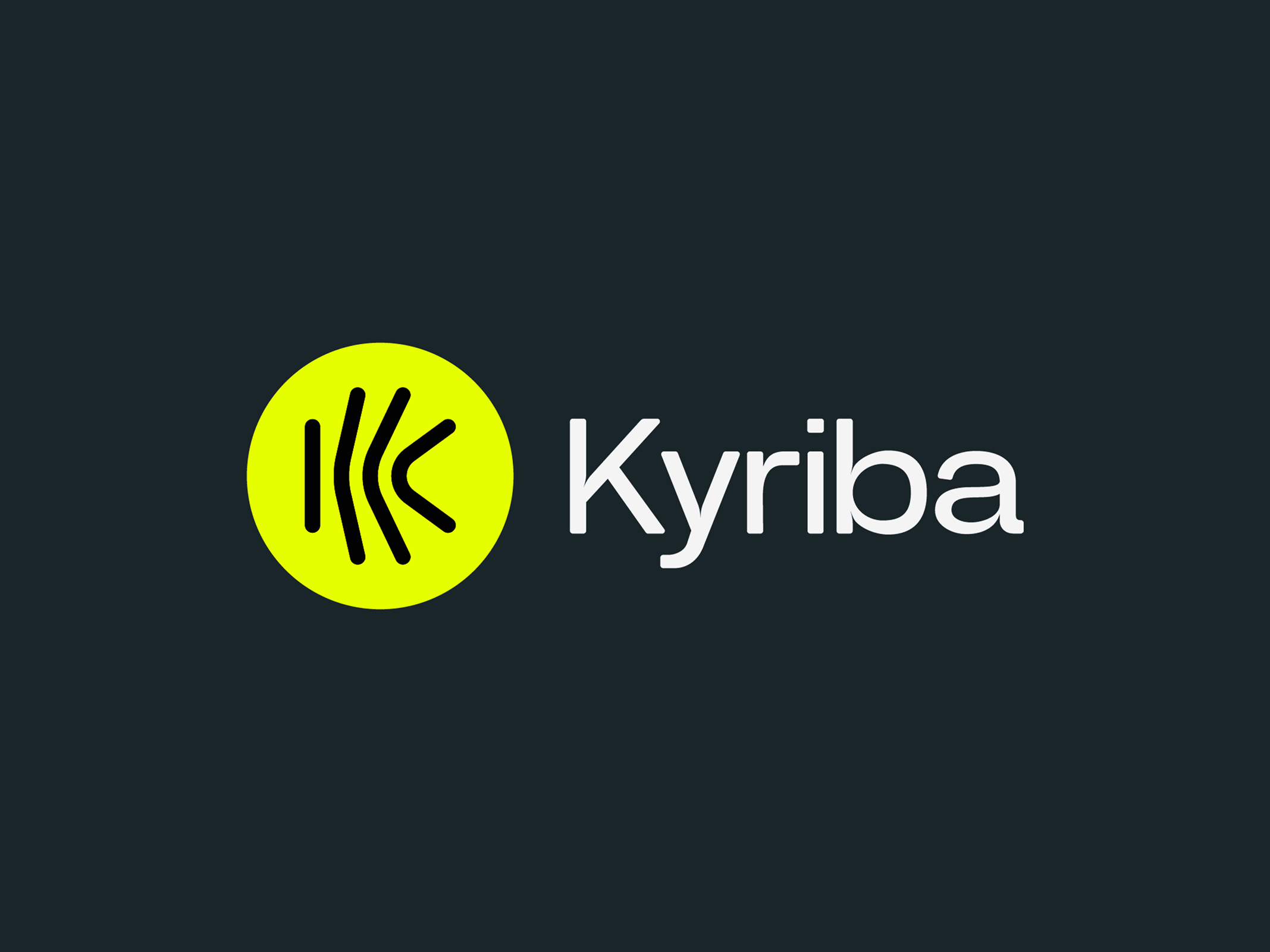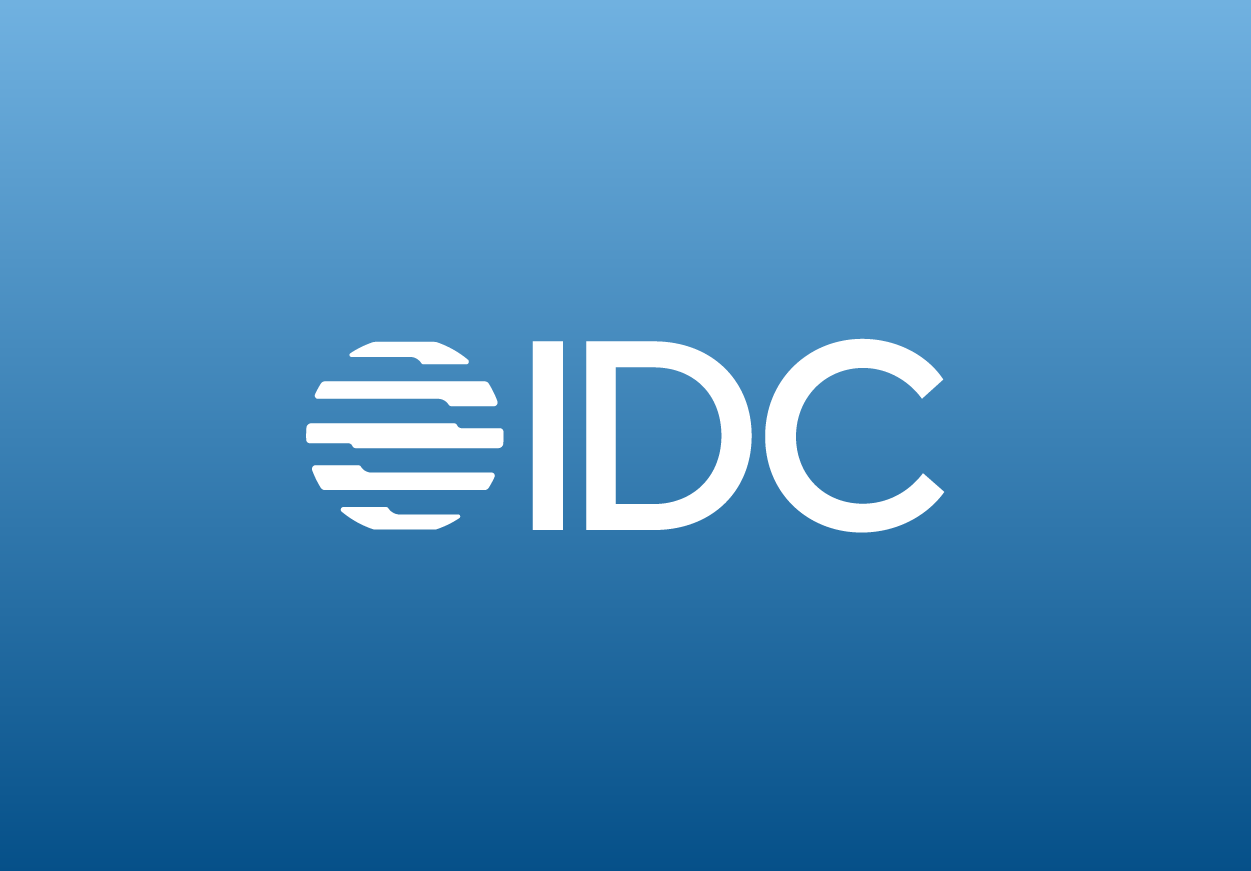Blog
Welcome to Liquidity Performance

Today marks an exciting new chapter for Kyriba as we unveil our new brand identity. This transformation symbolizes far more than just a visual refresh – it represents our vision and approach to elevating liquidity as a powerful catalyst driving business resilience, agility and growth.
At the heart of our brand refresh are three key elements:
- Our new logo – classic, yet simple, adorned with a stylized ‘K’ logo mark. It is a symbol that connotes forward-momentum as we continue to build on our proud 24-year heritage of helping our customers successfully navigate the complexities of financial management:

- Our updated visual identity – complementing our new logo is a refreshed brand color palette. Our primary neutrals: charcoal, white and gray ground our signature excellence and reliability. Our secondary ‘pops’ of color: neon yellow and magenta reflect the innovation and confidence that our customers have placed in us.

- Our new narrative: Liquidity Performance – representing our pioneering approach to empowering finance leaders.
A New Era of Liquidity Performance
In today’s volatile markets and fast-changing business landscape, liquidity has become a critical enabler for growth. Yet for too long, CFOs and Treasurers have been hindered by fragmented data, manual workflows, and disconnected systems – resulting in what we call the “Liquidity Gridlock”. This prevents true visibility, forecast and control over an organization’s liquidity across accounts, entities and global operations.
Our brand evolution captures the paradigm shift in how companies can end Liquidity Gridlock and optimize their growth and resilience through Liquidity Performance.
We envision a world where cash and liquidity can, and should, flow seamlessly to the right place, at exactly the right time – a powerful enabler fueling the boldest dreams and strategies. Our new brand embodies this daring belief – that liquidity should be a strategic advantage maximizing value creation, not an operational hindrance.
And we believe Kyriba’s unified Liquidity Performance platform is the only one that truly empowers finance leaders to break free from Liquidity Gridlock – by connecting data streams, protecting working capital, precisely forecasting positions, and optimizing strategies.
Unleashing liquidity’s limitless potential as a competitive advantage is at the core of our mission and what drives our relentless efforts for customers every day. I am incredibly proud to work alongside such passionate and customer-focused colleagues at Kyriba to advance our shared mission.
Embracing the Future
As we embrace this new chapter, we are energized by the opportunity to help CFOs and Treasurers achieve their highest ambitions. This brand evolution signals the start of a transformative movement reshaping how enterprises can harness their liquidity potential. Together, we can end Gridlock.
The future of harnessing liquidity as a powerful business catalyst has arrived. Welcome to the era of Liquidity Performance!











